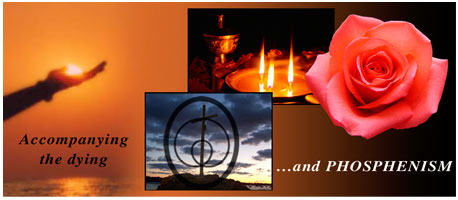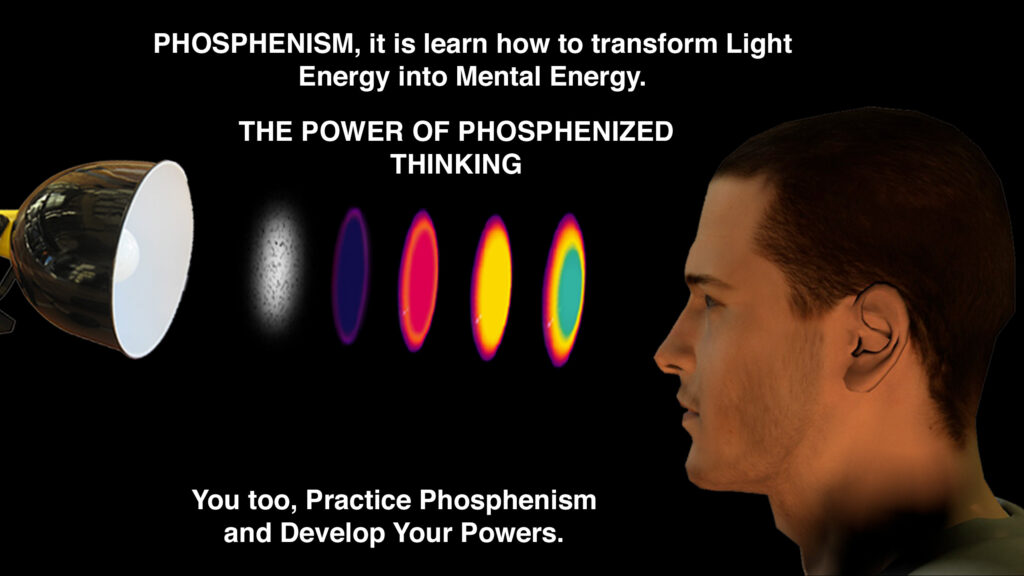ACCOMPANYING THE DYING

In 1976, the European Council defined the rights of the sick and the dying:
- the right to freedom
- the right to dignity and the integrity of the personality
- the right to be informed
- the right to receive appropriate treatment
- the right not to suffer
The works of Elisabeth Kübler-Ross have done a lot to change the public’s mentality and to increase the standing of the accompaniment of the dying. Indeed, our materialistic society has lost the spiritual meaning of death and tends to hide it. Accompanying the dying is present in many traditions. In our society, it has become a simple therapeutic act, when it is acknowledged at all. Our society needs to learn to accept death, as the unavoidable end of existence.
Many traditions believe in a process of examination of consciousness that takes place after death. Similarly, the persons who have experienced states of near-death often relate that they have conducted a recapitulation of their life before being resucitated.
Accepting death is not fatalism, on the contrary. Leaving life peacefully is beneficial. The individual does not hold any grudges, nor does anyone have a grudge against them. Their demons have been exorcized and they feel ready to die.
Today, psychologists, nurses and doctors do a wonderful job accompanying the dying. They have replaced the priests who used to administer the Last Rites. Nevertheless, we believe this preparation should be done by a medium, as only a specialist of the world beyond can guide the dying individual in a relevant manner.
This conception of death is new to us, but all traditions recommend a state of peace and serenity to experience the final Initiation. When they talk about the deceased, the Tibetans say: ‟He who knows the answer to every question”.
The increasing number of testimonies on states of near-death, due to the progress of the techniques of resucitation, have brought a lot of information to doctors, psychologists and psychiatrists. These phenomena have raised many questions about death in the medical circles. The testimonies relate the existence of ‟another side” that is not oblivion but a universe rich in colours and sensations, a universe as alive as ours, if not more. Naturally, this means that consciouness is still present, during and after death, a concept in all ways opposed to our materialistic conception of death. ‟Nothing is lost, nothing is created, everything goes through transformations.” Lavoisier’s famous sentence can suggest the immortality of consciousness. This understanding of death cannot be the fruit of an intellectual construction, but of an individual experience.
Initiation puts the individual in touch with the spitritual universe. Once an individual has been through it, he or she does not need to fear death any more as it now has a meaning, a value. The initiate understands the nature of death through first hand experience: death is not an annihiliation, it is a renewal. Experiencing Initiation can help people to comprehend the mechanisms that rule the passage into the world beyond and can help guiding the dying. It is certain that those who have experienced but a single phenomenon of exteriorization of their consciousness, approach death with a different state of mind and with the certainty that consciousness transcends material existence.
Out of body experiences can occur in a waking state or while asleep, spontaneously or thanks to initiatory training. They can also result from an illness or a state of near-death. Nevertheless, being projected into the ‟world beyond” does not cause death. Death can be defined as the final breaking of the link that unites the body with consciousness.
It is perfectly possible to obtain spiritual perceptions while fully conscious, this is what initiatory training allows by making certain organs work, mainly the epiphysis and the cuneus. The epiphysis or pineal gland secretes the hormone that regulates sleep: melatonin. The cuneus, located on the level of the occipital hump (the zone responsible for vision), is the organ that is responsible for the perception of spontaneous phosphenes, hypnagogic images, the images of dreams and visions.
In the accounts of near-death experiences, people mainly relate visual scenes rather than the other sensory perceptions. They do exist though and one can notice them during experiences of extension of consciousness: perceptions of rhythms (sways, rotations, shakings), perceptions of movements (the sensation of floating, of flying at tremendous speeds, of ondulations), perceptions of sounds (noises, voices, celestial musics). There seems to be an equivalent of the organs responsible for the subjective visual perceptions on the auditory level (producing clairaudience) and on the level of the organ of the sense of balance (producing the perception of movements of the subtle body: sensations of floating, of ascending, of descending, of whirling).
There is actually an inner or subjective equivalent of each physical sense. Doctor Francis Lefebure, a French physician and researcher, has discovered these inner senses by studying cerebral physiology thanks to the phosphenes. The phosphenes are subjective visual sensations. He gave the name of phenic system to this set of inner senses.
The phenic system
- The phosphene corresponds to the sense of sight.
- The acouphene corresponds to the sense of hearing.
- The olfactophene corresponds to the sense of smell.
- The gustatophene corresponds to the sense of taste.
- The tactuphene corresponds to the sense of touch.
- The pneumophene corresponds to breathing.
- The gyrophene corresponds to the sense of balance.
- The myophene corresponds to muscular activity.
- The osteophene corresponds to the elastic properties of the skeleton.
- To all these phenes, the subjective perception of time should be added.
Thanks to his discoveries on cerebral physiology, Dr Lefebure designed a set of techniques of Initiation and personal development: Phosphenism. Practicing these techniques is an simple way to produce out of body experiences. Thus, the persons who practice Phosphenism can discover a new aspect of themselves and the universe.
Phosphenism and accompanying the dying
Thanks to the practice of Phosphenism, it is possible to help the dying by guiding them at the moment of their death:
- by projecting the subtle energies that can densify the double and create a state of hyperconsciousness;
- by projecting rhythmic thinking on the dying person, mainly by the oscillation of the point of concentration in the shape of a cross;
- by describing them the different phases of the great voyage, listed thanks to the testimonies of the people who have experienced states of near-death;
- by helping them to conduct an examination of their consciousness;
- and, finally, by inciting them to go towards the light…
Importante Note
We have done our best to provide you with the most accurate translation of our french website. Nevertheless, it is possible that some language errors may remain. So, don’t hesitate to contact us to communicate them to us.
Thank you for your indulgence and for your consideration of the many hours spent translating all our pages and, more particularly, all the testimonies we share with you so that you may become aware of the impact that Phosphenism can have on those who practice it.
Wishing you the best with your practice of Phosphenism.
Daniel Stiennon (Dr. LEFEBURE School Director, France)


